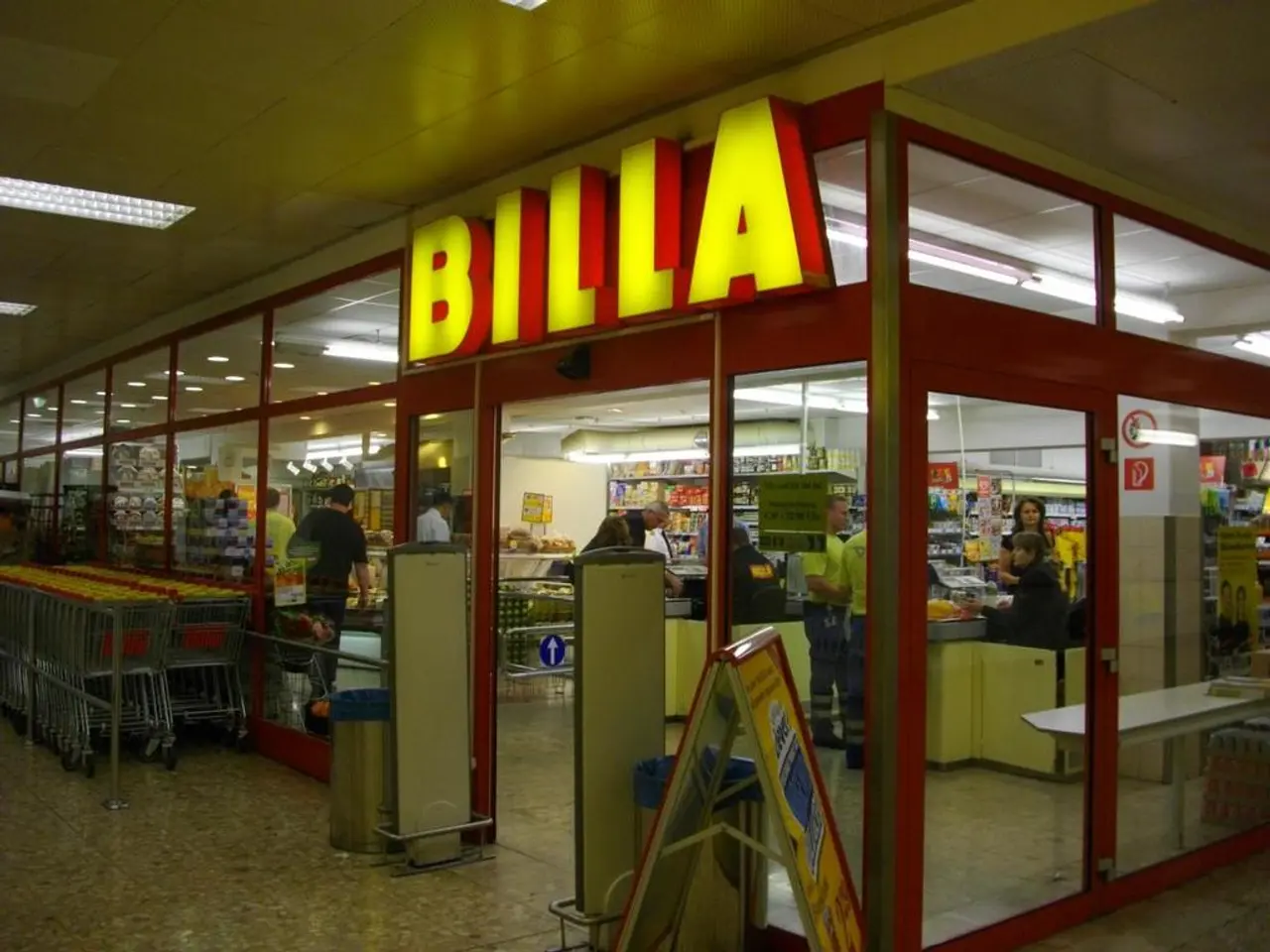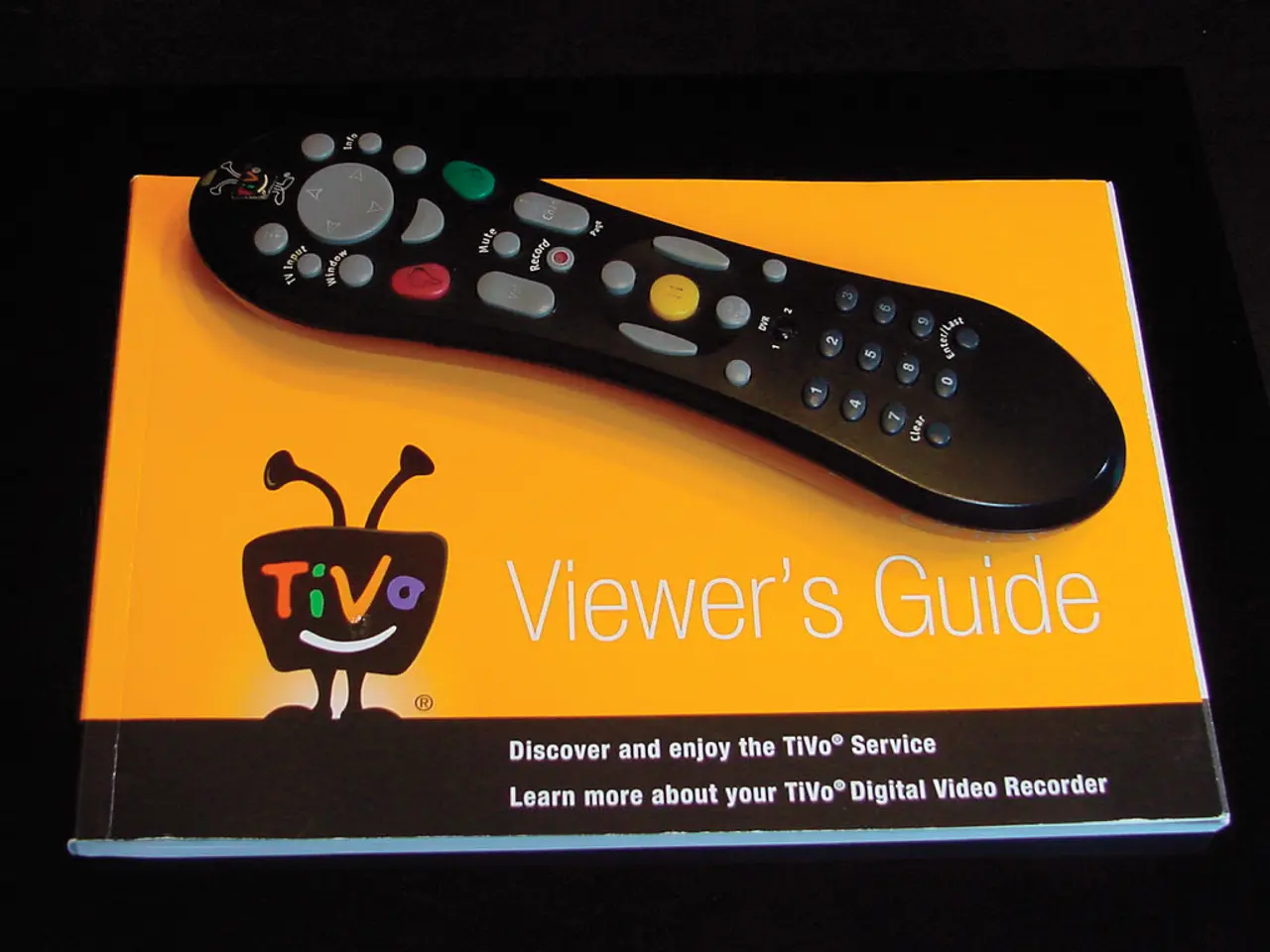Increasing Customer Approval Ratings during Black Friday Sales
In the fast-paced world of retail, ensuring a frictionless delivery model is crucial for maintaining a strong brand reputation and customer satisfaction. This is especially true during peak retail periods like Black Friday and Christmas, when peaks in retail parcel flows can cause logistical challenges for retailers and carrier partners.
To tackle these challenges, companies are turning to smart logistics strategies. By integrating data and centralising platforms, firms can gain real-time visibility into their supply chain operations. This centralised, cloud-based platform consolidates real-time data from all supply chain nodes, enabling seamless visibility and faster decision-making. The integration eliminates information silos and accelerates responsiveness from days to minutes.
Another strategy is the deployment of IoT and smart tracking devices. Using Internet of Things (IoT) technology such as smart sensors and GPS-enabled tracking devices provides continuous, automated real-time monitoring of shipments, inventory, and environmental conditions. This data allows precise delivery predictions and rapid alerts to any deviations, minimising disruptions.
Leveraging AI and predictive analytics is another key strategy. Applying AI algorithms to real-time data helps predict potential bottlenecks, disruptions, or demand surges before they occur. Predictive monitoring allows companies to prevent up to 73% of possible disruptions and optimise inventory and logistics proactively during peak times.
Enhancing collaboration across partners is also essential. Stronger collaboration with suppliers, carriers, and logistics partners using shared visibility platforms enables coordinated responses and agility, particularly during high-demand periods when delays have high cost.
Utilising Transportation Management Systems (TMS) is another effective strategy. Advanced TMS offer granular real-time insights across transportation modes, delivering accurate ETAs and operational status to eliminate blind spots and improve scalability during surges.
Automating operations to reduce manual errors is the final piece of the puzzle. Automation of data entry and order updates reduces delays and errors, streamlining throughput and scalability under pressure.
Together, these strategies create a predictive, transparent, and agile supply chain environment that can adjust dynamically during peak retail seasons, reducing risks, improving customer satisfaction, and capturing higher revenues.
It's worth noting that only 6% of firms have achieved full supply chain visibility, according to the GEODIS 2017 Supply Chain Worldwide survey. Real-time geo-location tracking of couriers is beneficial for efficient coordination of logistics operations, allowing goods to be redirected if customers are not available, saving time and reducing logistics costs.
Moreover, real-time delivery notifications can help warehouse supervisors coordinate related jobs effectively. It's important to capture any delays in real time and keep the customer posted to maintain brand reputation.
Anticipatory logistics, which uses big data-based predictive algorithms to shorten delivery times, is another innovative strategy. Companies that master smart logistics first can gain a competitive edge and deliver better customer experiences.
In the UK, it was estimated that 7% of orders arrived late due to delivery companies or retailers, and 2.9% needed re-delivery because of the customer not being present in 2015. The cost of 'failed' deliveries in the UK in 2014 was £771 million. These statistics underscore the importance of investing in smart logistics solutions.
The Women in IT Awards, an influential diversity program in the technology world, is another topic of interest. The US event is set to take place in New York on March 22, 2018, and nominations are now open for the Women in IT USA Awards 2018.
In conclusion, smart logistics are crucial for improving customer satisfaction during periods of increased orders, such as Black Friday. By implementing these strategies, firms can achieve real-time supply chain visibility, improve scalability, and maintain a competitive edge in the retail market.
Technology plays a significant role in enhancing general-news topics like retail logistics. For instance, by integrating data and centralising platforms, firms can achieve real-time visibility into their supply chain operations, thus minimizing disruptions during peak retail periods.
The deployment of IoT and smart tracking devices is another technology strategy that provides continuous, automated real-time monitoring of shipments, inventory, and environmental conditions, aiding in precise delivery predictions and swift alerts.




